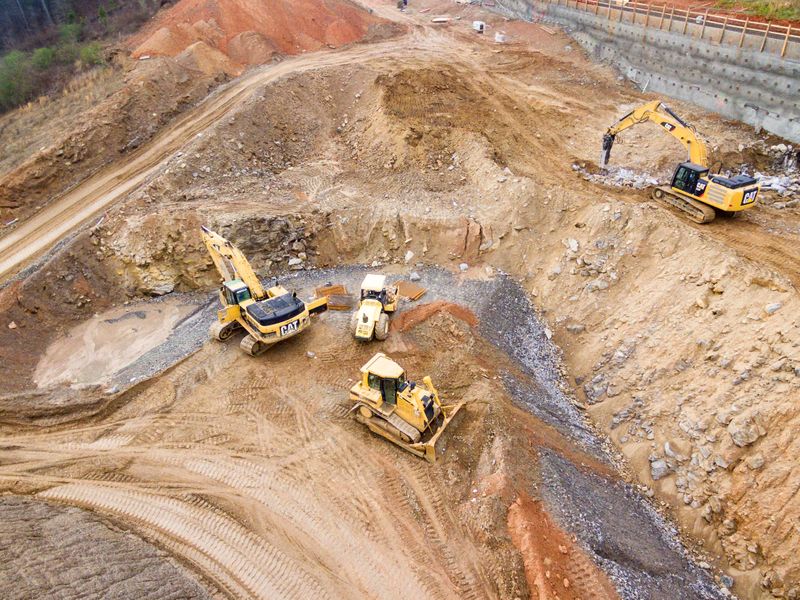
This logo isn't an ad or affiliate link. It's an organization that shares in our mission, and empowered the authors to share their insights in Byte form.
Rumie vets Bytes for compliance with our
Standards.
The organization is responsible for the completeness and reliability of the content.
Learn more
about how Rumie works with partners.
Quick question. What's better for the environment?
Sending an email?
Or mailing a letter?
Now, you might automatically think the answer must be #1.
Mailing a letter takes paper, fuel for the mail truck, and electricity for post offices. While sending an email doesn't use anything... right?
Actually...using digital technology means using energy.
Plus factories that make technology need power and resources, which causes pollution. And constantly buying new technology leads to a lot of electronic waste.
We don't always think about these impacts. But they're part of being a technology user.
Positive Effects - Sharing, Connecting, And Storing Information
Let's start with a few positive effects that digital technology has on the environment.
Sharing Information
The internet, email, and social media give people access to information and the ability to share it with others. Some examples are:
Consumers can research how products are made
Students can learn from teachers in different countries
Scientists can gather data remotely
This can help people from across the world work together to raise awareness of environmental issues, learn to build more efficient and sustainable technology, and generally solve problems.

Helping People Connect
Businesses and communities can hold virtual events and meetings, without costly travel expenses.
The ability for people to connect in a meaningful way without needing to travel means fewer airplane flights, fewer cars on the road, and less energy used.
 Photo by Christina @ wocintechchat.com on Unsplash
Photo by Christina @ wocintechchat.com on UnsplashGoing Paperless
Documents can be sent and stored electronically.
This means there may be no need to mail letters, store paper files, or even manufacture paper.
 Photo by Markus Winkler on Unsplash
Photo by Markus Winkler on UnsplashQuiz
Which is a way digital technology can help the environment?
All of these are examples of how using digital technology can help people around the world work to help the environment.
Negative Effects - Making Technology
Now for the bad part. Building the technology we use to do all those positive things causes many environmental problems.
Mining For Components
Smart phones and computers have metal components inside to make them work, such as iron, aluminum, and gold.
These metals all need to be mined.
Mining causes water pollution, dangers to human health, and destroys ecosystems.
Manufacturing Pollution
Companies that build computers and smartphones use energy to run their factories and to transport materials around the globe.
This creates air pollution and carbon emissions, which contributes to climate change.
Factories also cause water and noise pollution, and ecosystems can be destroyed in order to build new facilities and roads.
 Photo by Kouji Tsuru on Unsplash
Photo by Kouji Tsuru on UnsplashTrashing Electronics
When newer technology comes out, people dispose of their old computers and phones.
Currently, the world throws away 6.5 billion dollars worth of electronics every year, and only 20% is recycled .
This electronic waste, also called e-waste, can have toxic components and shouldn't be dumped into a landfill.
Good news: E-waste can be recycled and precious metals can be reclaimed, which helps reduce the amount that needs to be mined in the future. The plastic can also be recycled and reused.
Did you know?
Rumie is a nonprofit community dedicated to making innovative learning free for everyone.
Negative Effects - Using Technology
You may think that once the technology is built, things get better, but daily technology use also has consequences for the environment.
Collecting, Storing, and Processing Data
These tasks typically happen at Data Centers, which are buildings filled with computer equipment. Businesses may have their own data center or share space at a larger facility.
Running all of this computer equipment uses a lot of energy and creates a lot of heat.
Just like a home computer has a fan that runs to cool it down when it gets overheated, a data center needs the same thing, only on a much larger scale. Some cooling options include using air conditioning or cooling liquids, which use even more energy.
 Photo by imgix on Unsplash
Photo by imgix on UnsplashThere are some ways to reduce the energy use of data centers. Some options include:
Powering data centers with renewable energy
Using more energy efficient computers
Locating data centers in cooler climates and using outside air to cool them
Reusing waste heat from data centers - In Helsinki, Finland, there is a location where waste heat from the servers in a data center is being used to heat homes and businesses.
Using Data
Every time someone streams movies and music, sends out a tweet, or surfs the internet, they are sending data.
Companies need to use power to process that data.
Streaming videos uses an extraordinary amount of energy, "the average CO2 consumption of streamed online video is more than 300 million tons per year ."
Quiz
Which is a way that companies can reduce the environmental impact of technology?
Using renewable energy sources, such as solar power or wind power, are great ways to reduce the usage of fossil fuels, which cause pollution.
Take Action
Understanding the environmental impact of technology is important in our digital world.
Now that you know both the positive and negative effects, is there anything you want to do differently when using technology?
You could:
Use the internet to research sustainable companies
Make sure to recycle your e-waste
Connect with people around the globe to discuss environmental issues
What other ideas do you have?
This Byte has been authored by
Heidi Fleming
EHS Professional & Trainer

